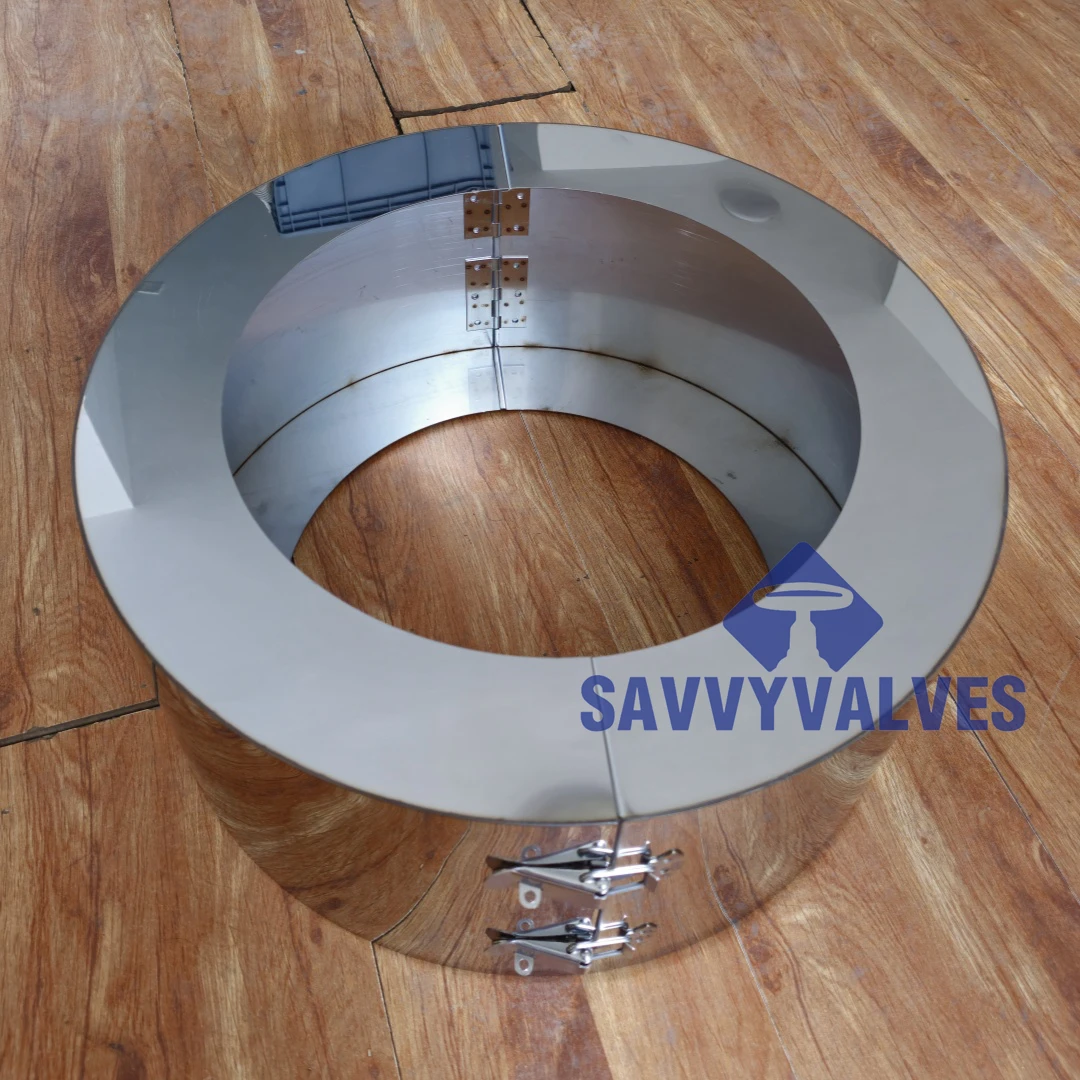الشفاه وتجهيزات الأنابيب المرتبطة بها
-
مختصر:
المقاس: مناسب لشفة مقاس 10 بوصات وفقًا لمعيار ANSI B16.47A
تصنيف الشفة: 2500LB
المواد: 316SS
Flanges are essential components used to connect pipes, valves, pumps, and other equipment to form a piping system. Typically made from materials like carbon steel, stainless steel, or alloy steel, flanges provide a reliable and secure method for assembling and disassembling piping sections. The primary function of a flange is to allow easy access for inspection, maintenance, or modification of the pipeline. Flanges are bolted together with a gasket in between to ensure a leak-tight seal. Different types of flanges—such as weld neck, slip-on, blind, threaded, lap joint, and socket weld—are selected based on pressure ratings, pipe size, and the nature of the fluid. Flanges are standardized according to international codes such as ANSI/ASME, DIN, JIS, and EN. Their compatibility with various pipe fittings, including elbows, tees, reducers, and couplings, makes them a key element in fluid transport systems across oil and gas, petrochemical, power generation, water treatment, and HVAC industries. The modularity flanges provide reduces downtime and simplifies the overall design and maintenance of complex piping networks.

